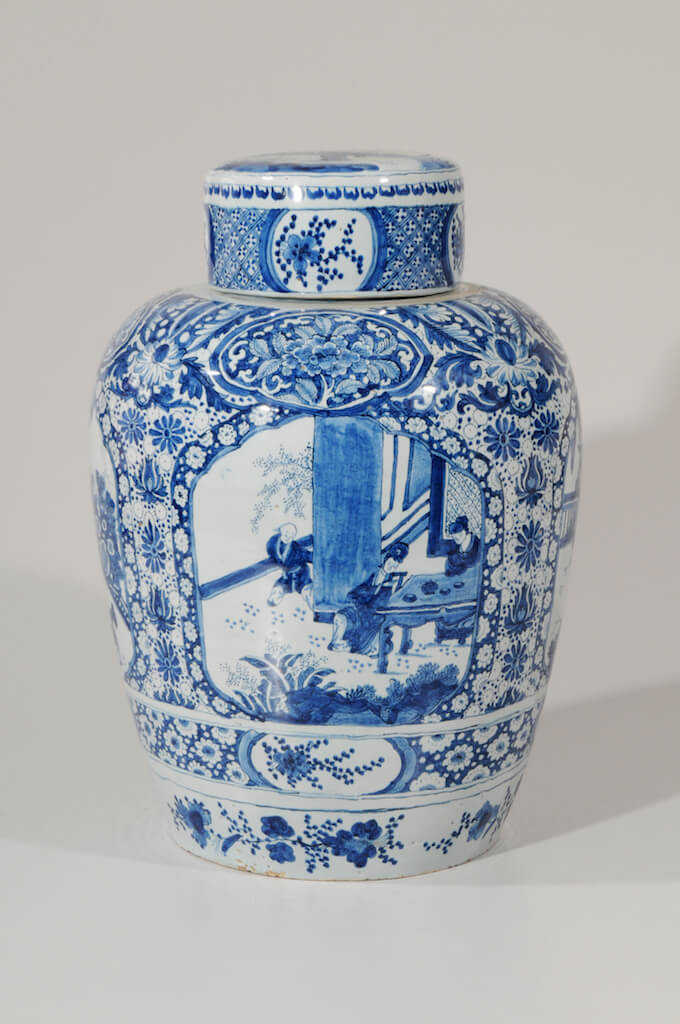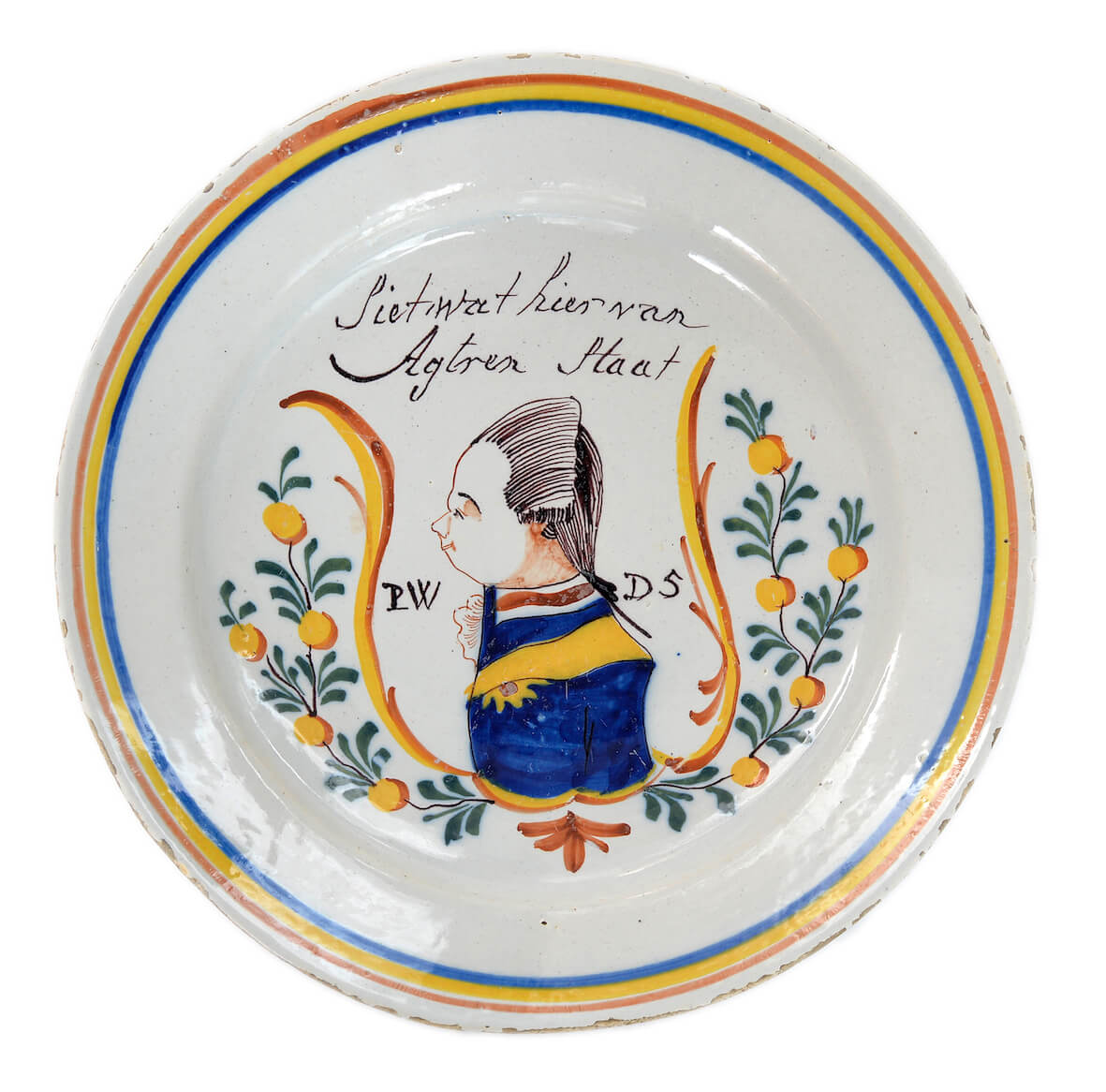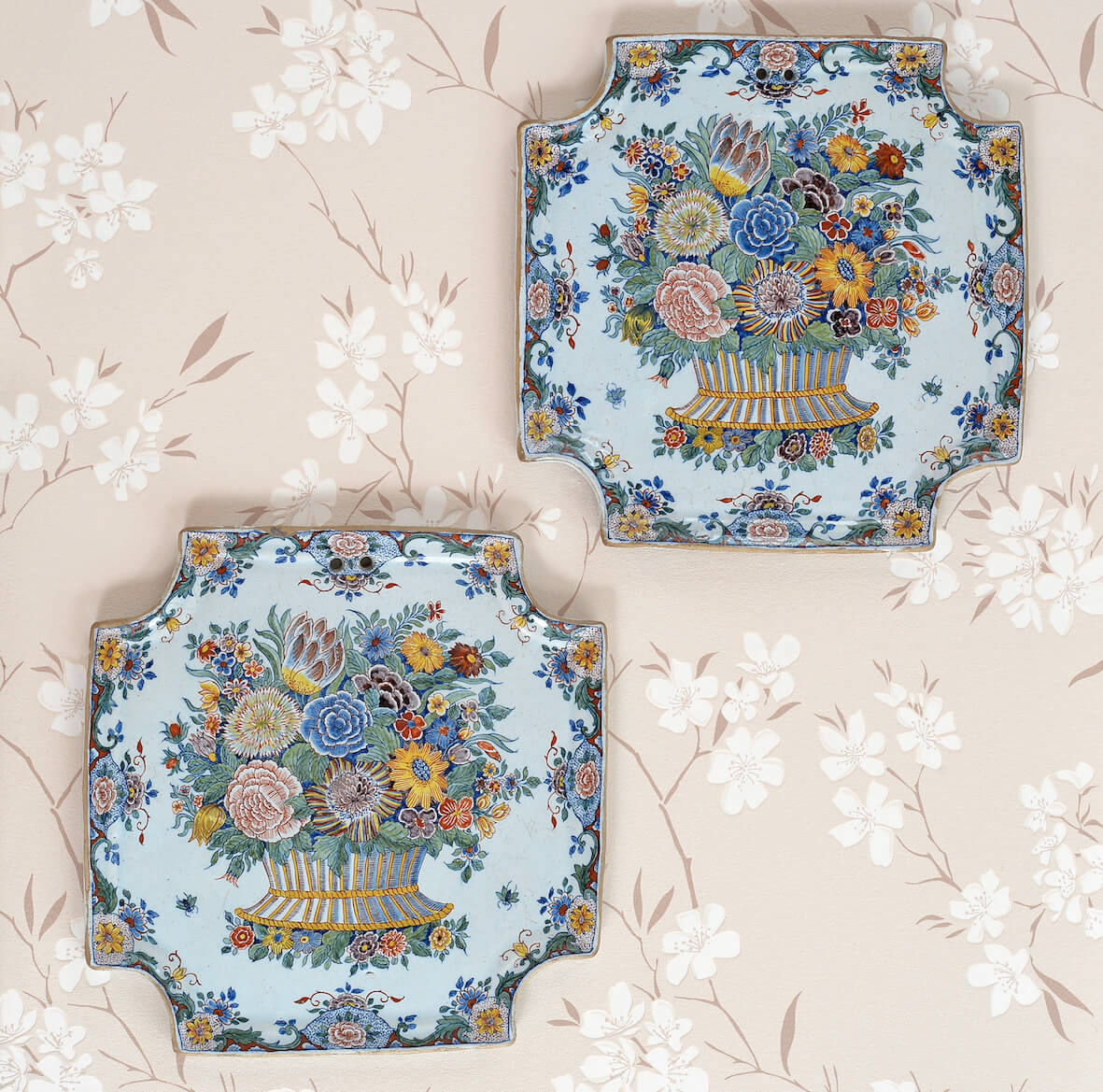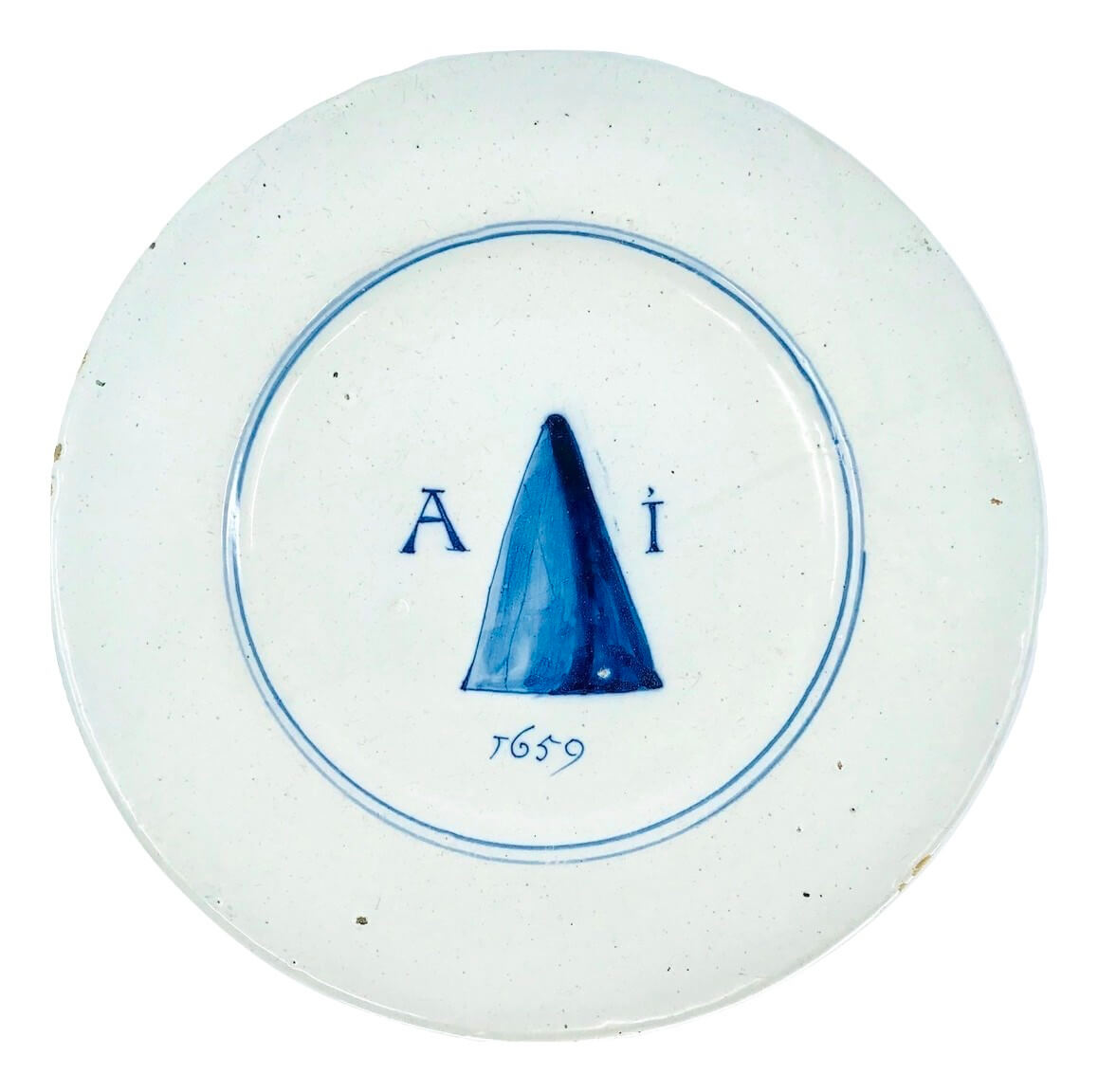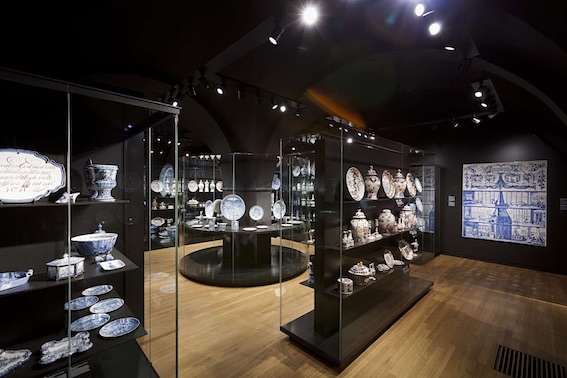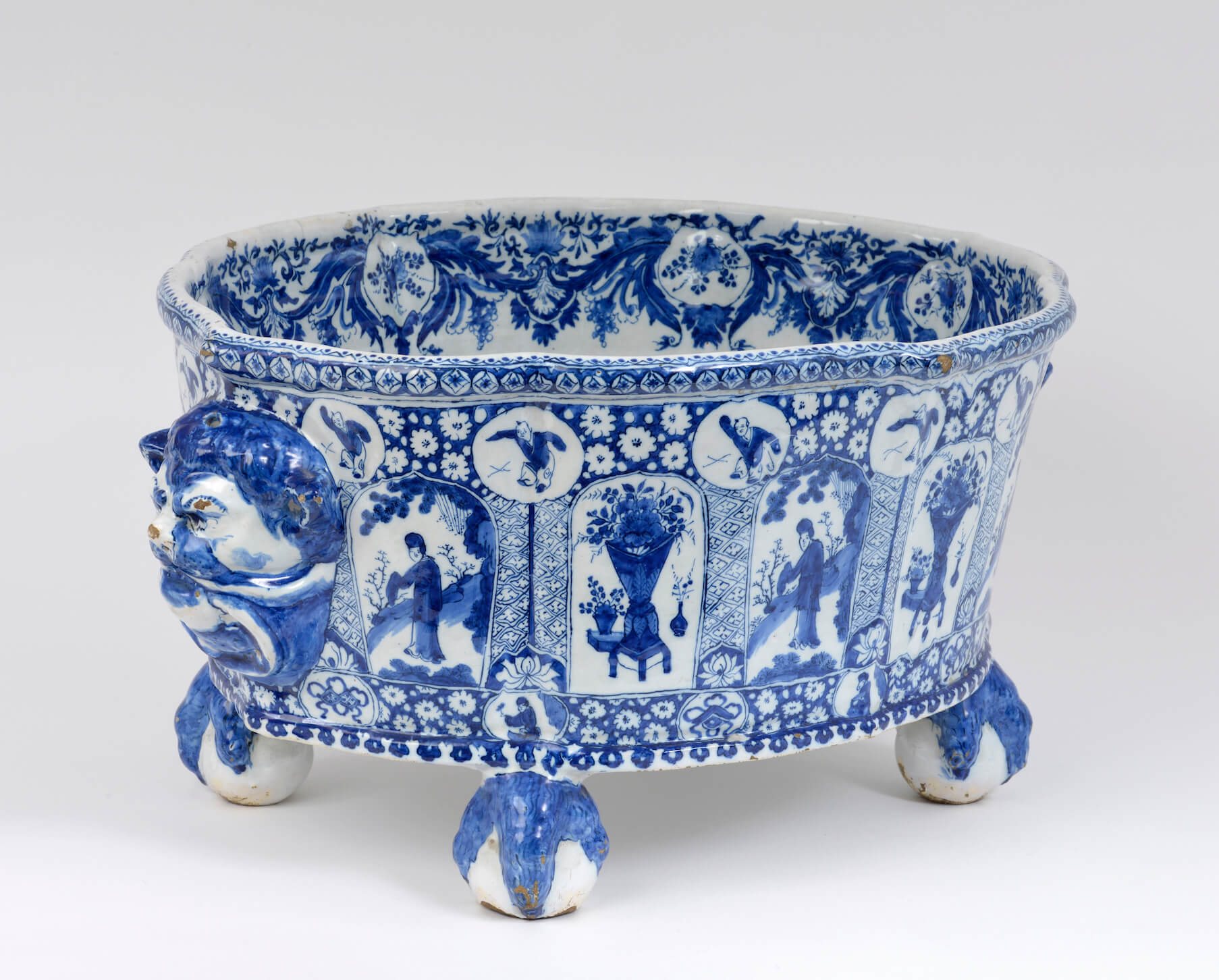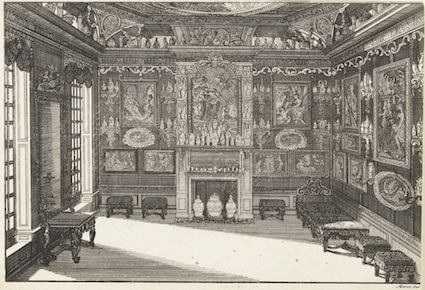Majolica Polychrome Charger
Every month we present a special object from the Aronson Antiquairs’ collection. This month we would like to show you this majolica polychrome charger, made around 1630 in the city of Haarlem. In the sixteenth century, many potters from Antwerp migrated to the northern Netherlands and established themselves in various cities. By 1600, the city of Haarlem…


